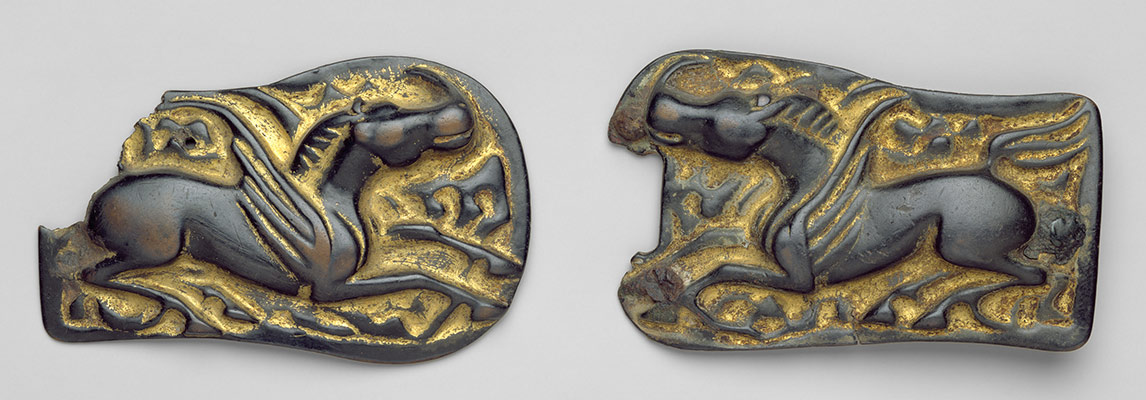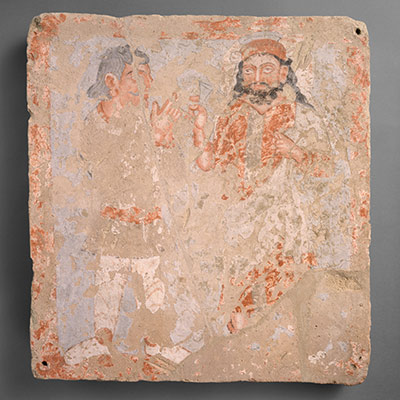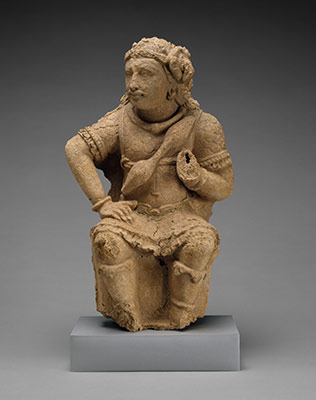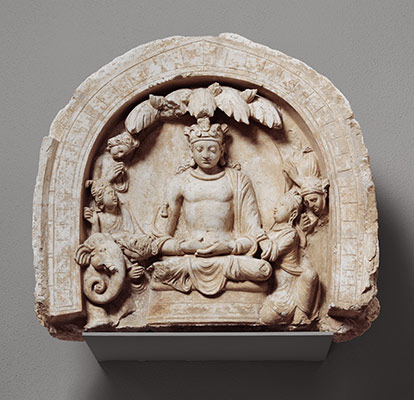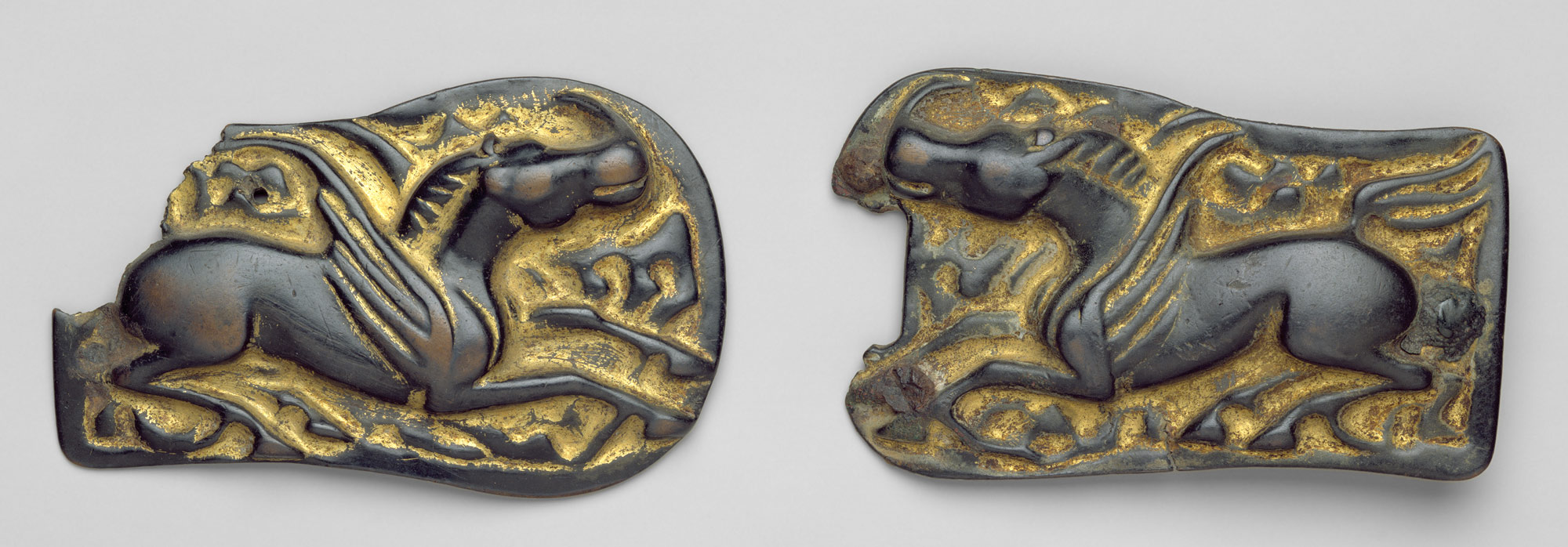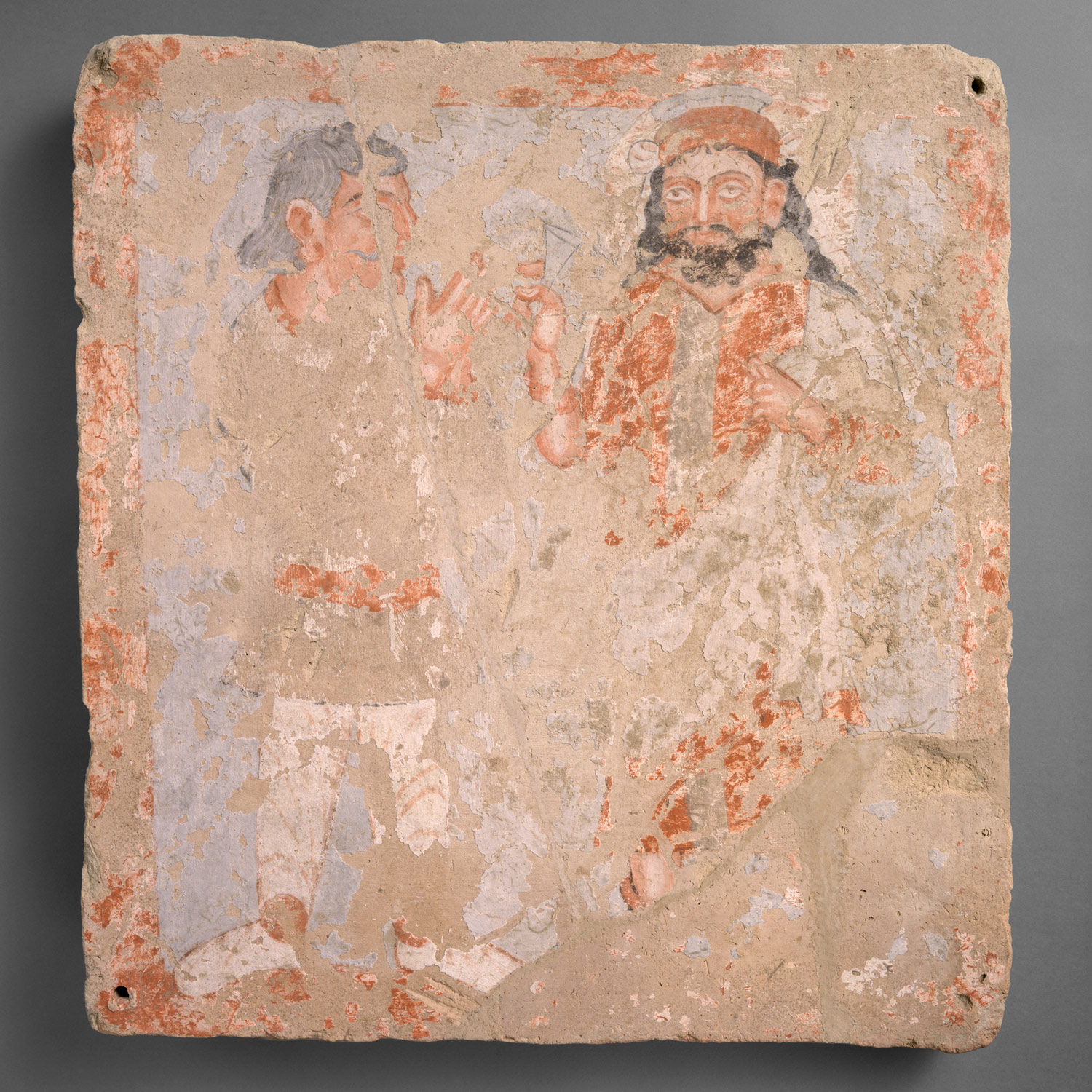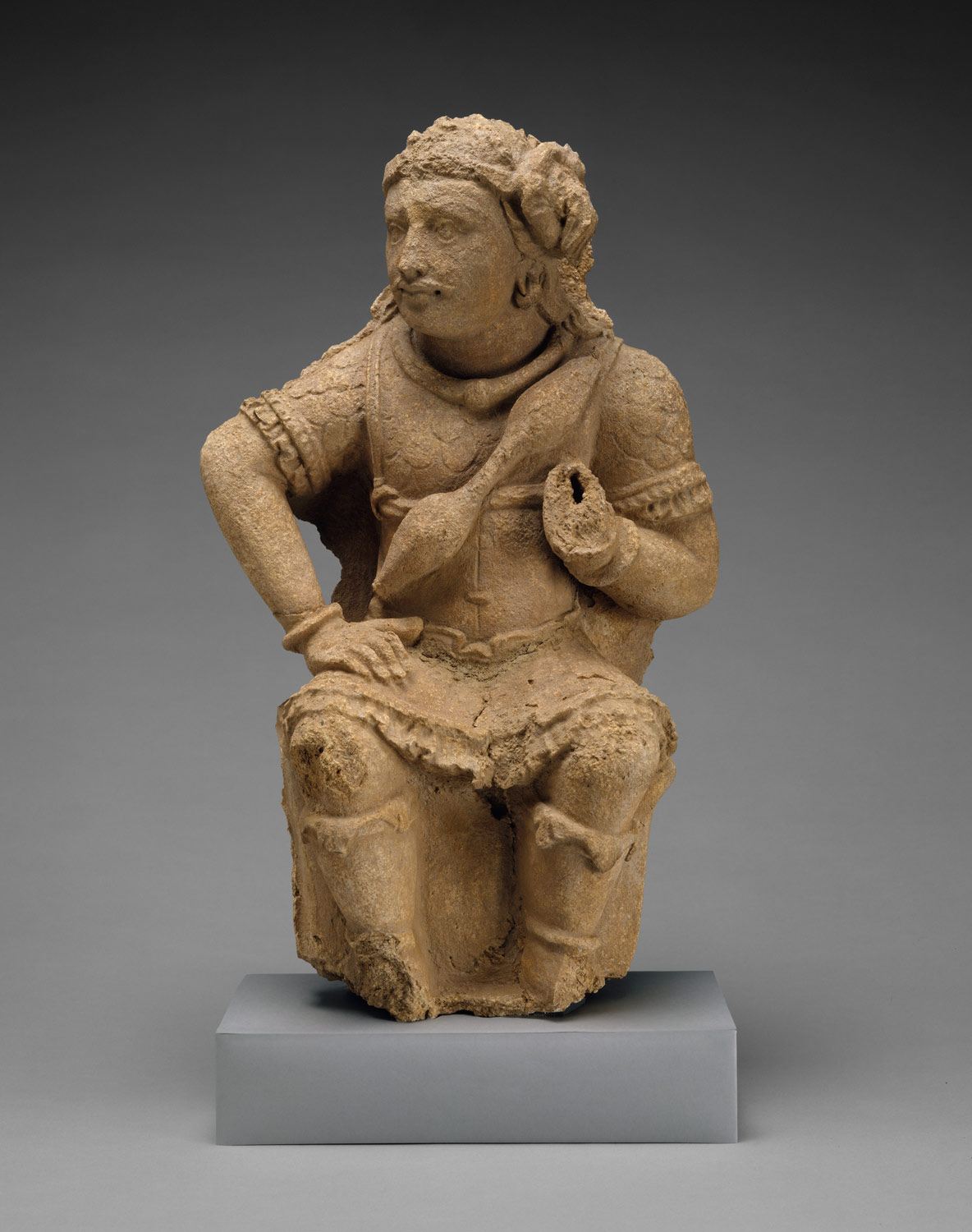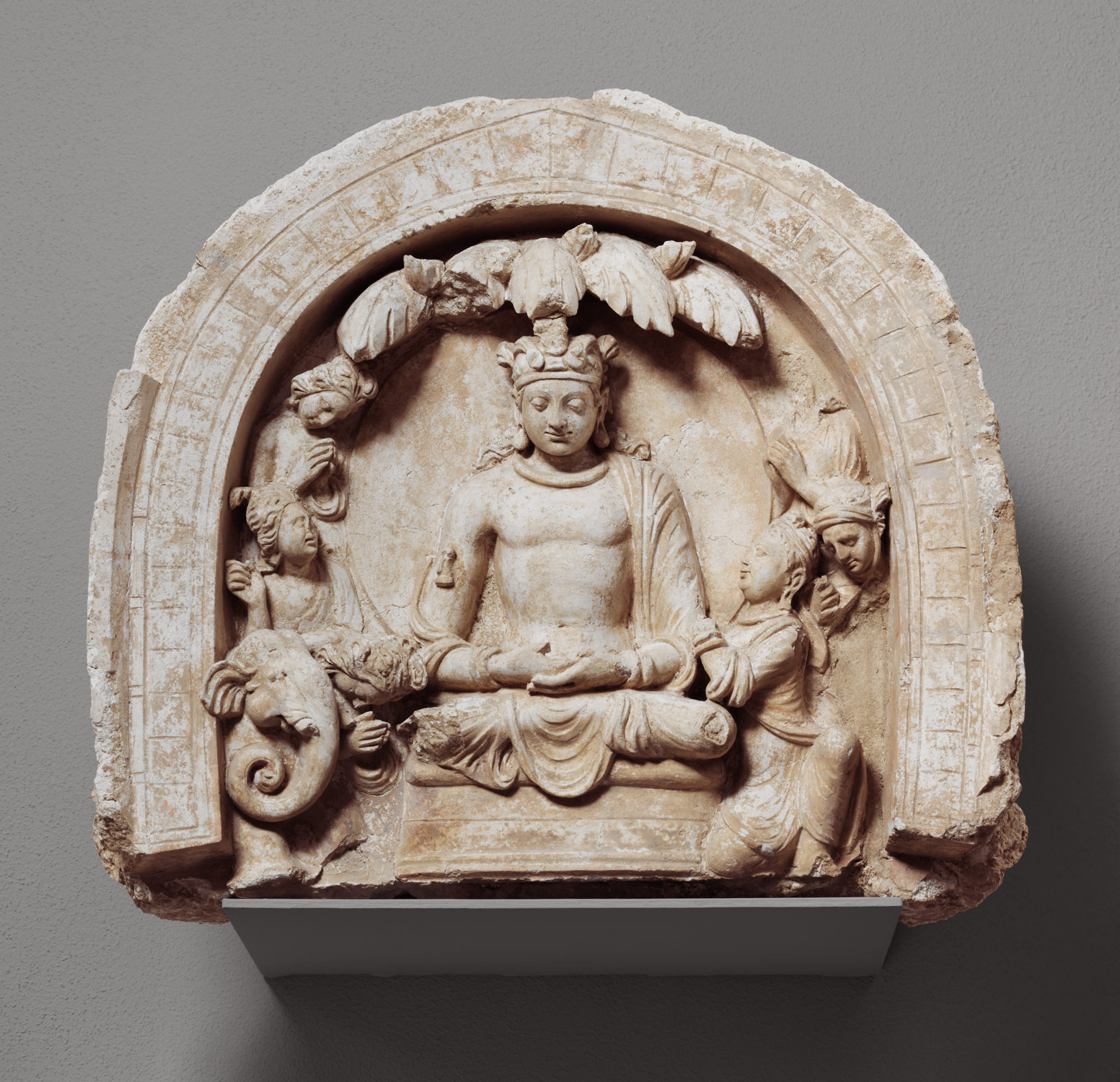The pattern of lifeways established by the first millennium B.C. continues in North and Central Asia. Far to the north, tribes continue to live a hunting and gathering existence. On the northern steppes, with settled sites interspersed, nomadic groups herd their animals and form military alliances. These alliances often harass or conquer the settled populations to the south, east, and west, and it is only at those times that the historical sources tell us much about them. The Sarmatians, Hephthalites, Chionites, Huns, and Turkish tribes come from the steppes. In the oasis areas further south, independent kingdoms rule in some, and others are incorporated into the large empires at the eastern and western ends of the area. Some independent kingdoms, like Sogdiana, play a significant role in the trade between East and West.
Central and North Asia, 1–500 A.D.
Timeline
1 A.D.
125 A.D.
125 A.D.
250 A.D.
250 A.D.
375 A.D.
375 A.D.
500 A.D.
Overview
Key Events
-
1st century A.D.
The site of Tillya-Tepe in Afghanistan is used as a burial ground for a group of individuals who are dressed as if they were familiar with nomadic traditions. Some scholars think they are the “proto-Kushans” and/or the formerly nomadic Yuezhi who had been driven westward from the Chinese borderlands by the Xiongnu. The rich art of the men and women buried at this site includes Hellenistic and Parthian imagery, Chinese and steppe nomad motifs, combined in lively and beautiful ways in golden clothing ornaments. This amalgam of influences is characteristic of most art of Central Asia for many years to come.
-
9th/10th century A.D.
Buddhism becomes a powerful force in Central Asia, as missionaries representing various schools enter the area. In the many city-states, the walls of the buildings are decorated with painted Buddhist images or images combining Buddhist elements with Indian features, Greek-derived motifs, and images from Sasanian art, creating in the process a variety of distinctive and colorful artistic styles. The cities between India and China not only advance international trade, but also act as way stations on the pilgrimage route between those countries.
-
ca. 4th century A.D.
The Huns develop a culturally distinctive bronze cauldron type, with an oval shape and handles at the top decorated with mushroom-shaped ornaments. Not every findspot of such a cauldron indicates that it was brought here by a Hun, but the wide distribution across Eurasia reflects the organized military and political power of the group in the mid-fourth century.
Citation
“Central and North Asia, 1–500 A.D.” In Heilbrunn Timeline of Art History. New York: The Metropolitan Museum of Art, 2000–. http://www.metmuseum.org/toah/ht/?period=05®ion=nc (October 2000)

